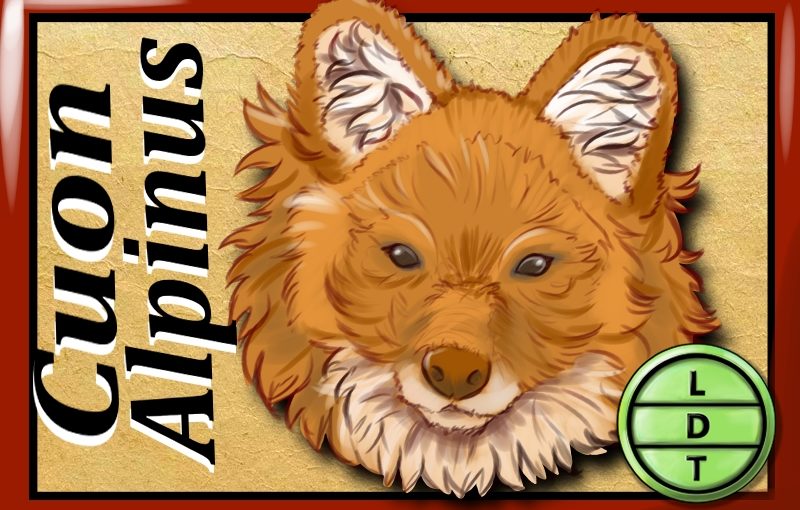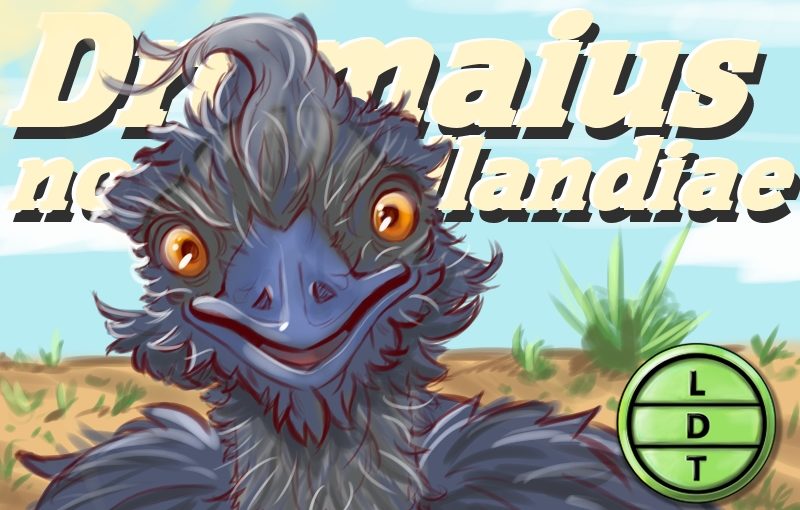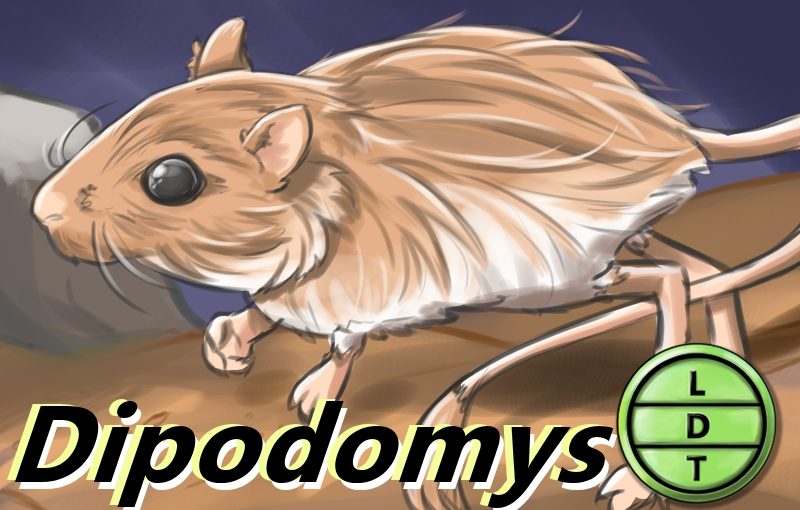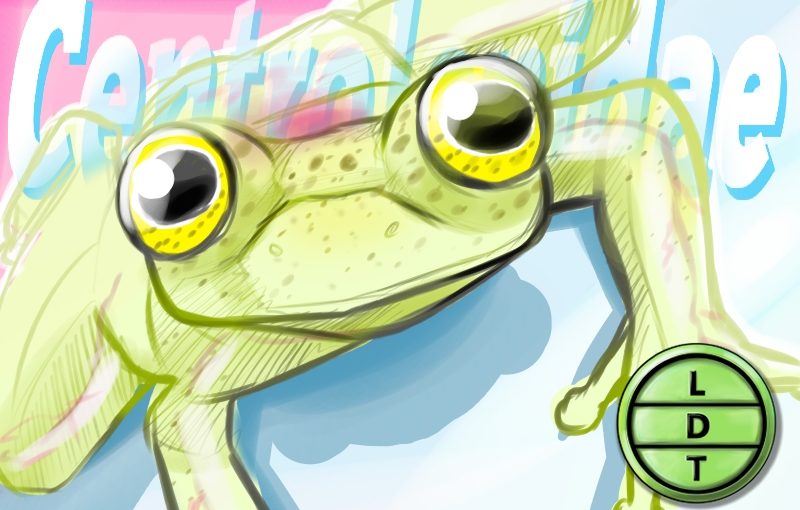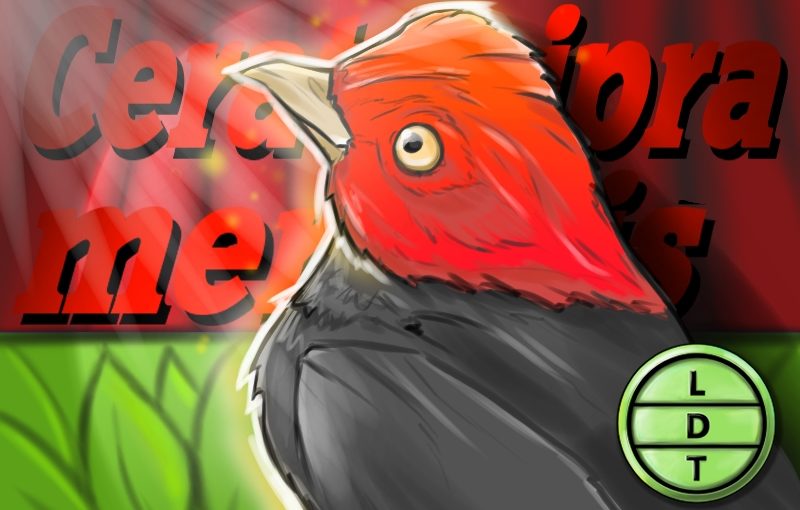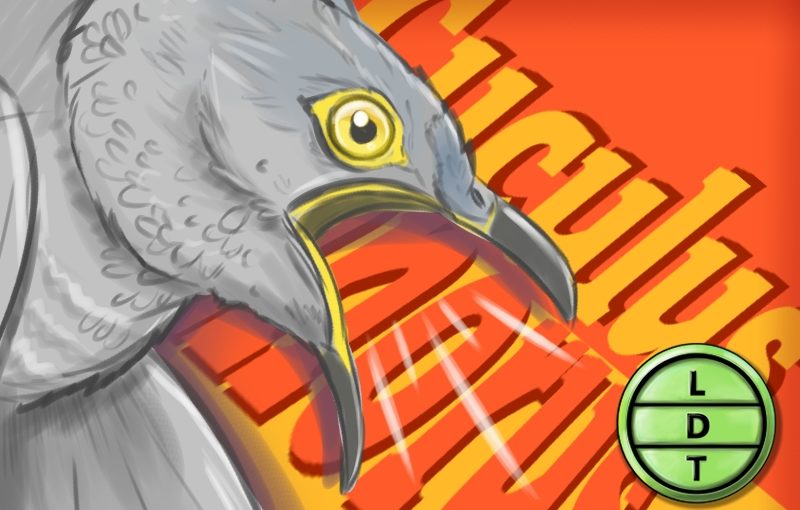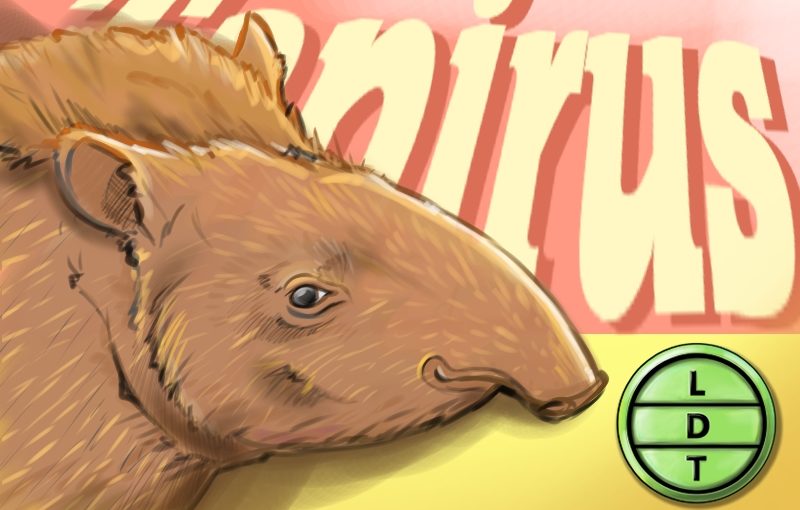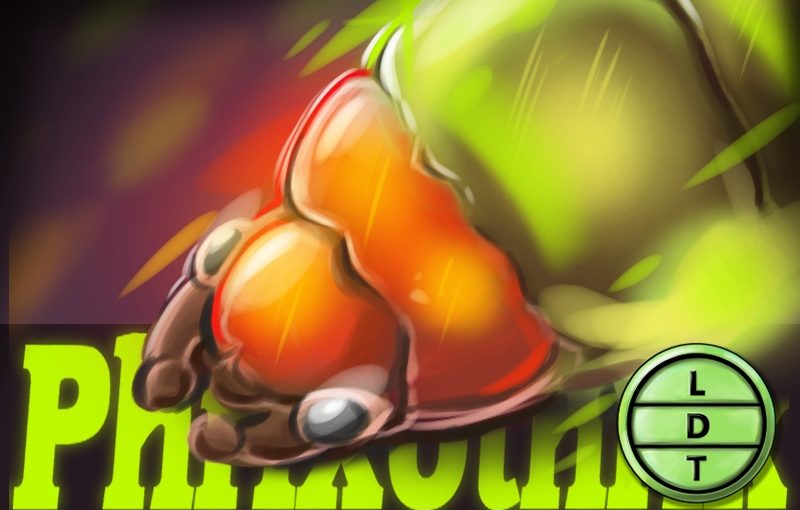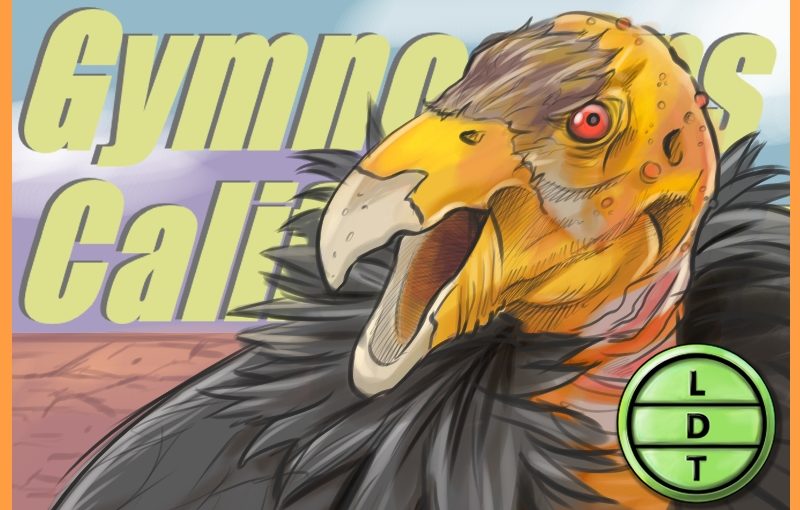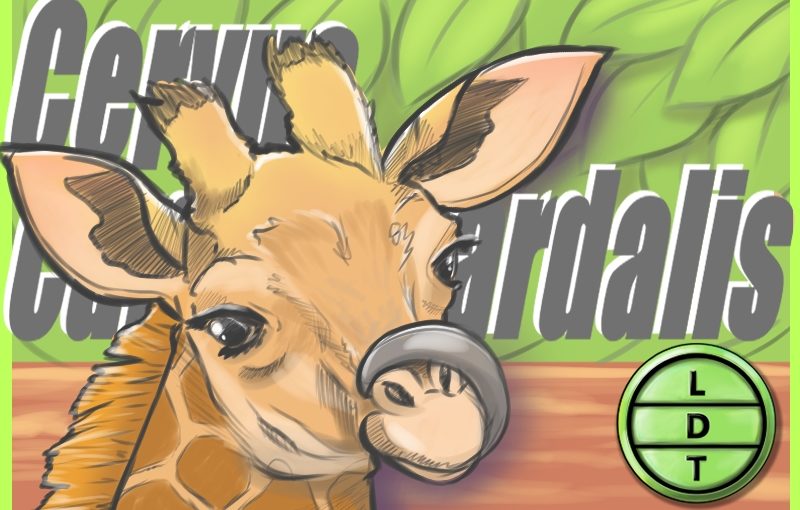“…and today we’re talking about a canine that whistles while it works. But more on that later…”
When you’re a predator that has to compete with leopards and tigers, you’re in for an uphill battle. If you’re smaller, slower, and not as stealthy as other carnivores in the mountain forests of Asia, you better have something else up your sleeve. For one courageous canine, the road to victory is one traversed with friends. Only by jolly cooperation and clear communication do these intrepid doggos feed their families. But sometimes living and working together is your best shot at thriving in Life, Death, and Taxonomy.

